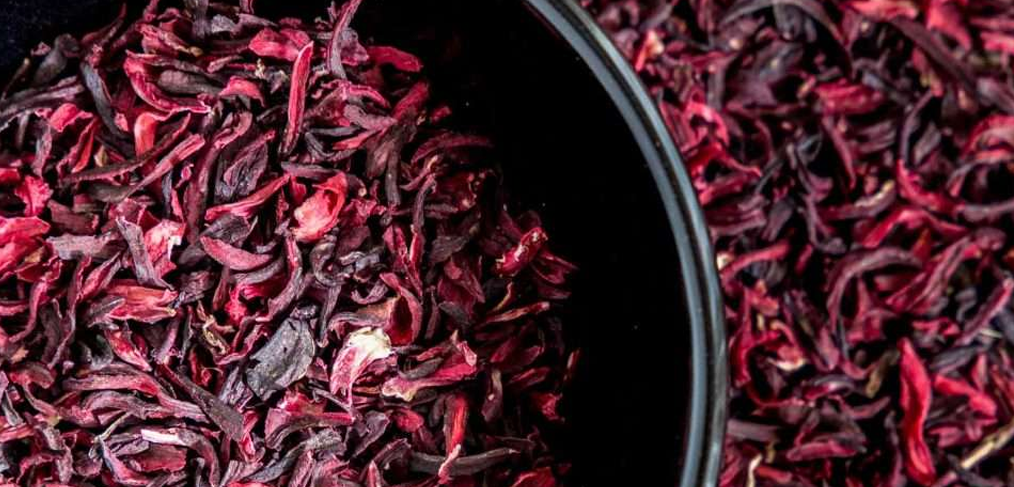In the realm of agro processing, dried hibiscus flowers are a prized commodity. Not only are they visually stunning with their vibrant crimson hues, but they also pack a punch of flavor and health benefits, making them a valuable ingredient in various products like teas, jams, and skincare items. However, to ensure the quality and longevity of dried hibiscus flowers, proper preservation techniques are paramount. Whether you’re a seasoned agro processor or just venturing into the world of botanical ingredients, here’s a comprehensive guide on how to preserve your dried hibiscus flowers.
Sourcing Bulk Hibiscus Flowers
Before delving into preservation methods, it’s essential to secure a reliable source for bulk hibiscus flowers. Tinker and Bell Trading Ltd. stands out as a reputable supplier, offering premium-quality dried hibiscus flowers in bulk quantities. Their commitment to quality ensures that you receive the finest product for your agro processing needs. With Tinker and Bell Trading Ltd., you can rest assured that you’re getting top-notch hibiscus flowers to elevate your products.
Understanding Dried Hibiscus Flowers
Dried hibiscus flowers, also known as roselle or sorrel, are harvested from the Hibiscus sabdariffa plant. These flowers boast a tangy flavor profile reminiscent of cranberries, along with a plethora of health benefits including antioxidant properties and potential blood pressure regulation. Proper preservation techniques are crucial to retain the flavor, color, and nutritional integrity of dried hibiscus flowers.
Preservation Methods
- Storage: The key to preserving dried hibiscus flowers lies in proper storage. Store them in airtight containers such as glass jars or food-grade plastic bags to prevent exposure to moisture and air. Place the containers in a cool, dry, and dark environment away from direct sunlight to maintain optimal freshness.
- Avoid Contamination: Ensure that the storage containers are thoroughly cleaned and dried before transferring the dried hibiscus flowers to prevent contamination. Any moisture or foreign particles can compromise the quality of the flowers.
- Freezing: If you anticipate storing dried hibiscus flowers for an extended period, consider freezing them. Place the flowers in airtight freezer bags or vacuum-sealed bags to minimize exposure to air and moisture. Freezing helps retain the color and flavor of the flowers for an extended duration.
- Quality Check: Periodically inspect the stored dried hibiscus flowers for any signs of mold, discoloration, or off-putting odors. Discard any flowers that show signs of spoilage to maintain the overall quality of the batch.
Incorporating Dried Hibiscus Flowers into Products
Once you’ve mastered the art of preserving your bulk dried hibiscus flower, the possibilities for incorporating them into your agro processed products are endless. From brewing flavorful hibiscus teas to infusing jams and jellies with a tart twist, dried hibiscus flowers add depth and complexity to a wide array of culinary creations. Additionally, their vibrant color makes them a visually striking addition to skincare formulations such as bath bombs and facial masks.
Conclusion
Preserving your bulk dried hibiscus flower is a crucial step for agro processors looking to harness the flavor and benefits of this versatile botanical ingredient. By sourcing bulk hibiscus flowers from trusted suppliers like Tinker and Bell Trading Ltd. and implementing proper preservation techniques, agro processors can ensure the quality and longevity of their products. Whether you’re crafting artisanal teas or innovative skincare formulations, dried hibiscus flowers are sure to elevate your creations to new heights of flavor and allure.

